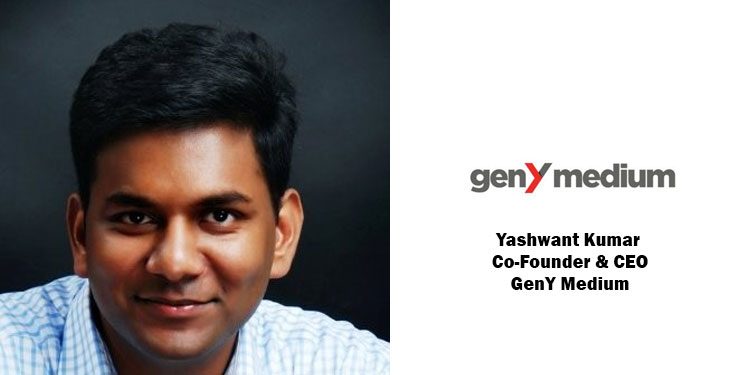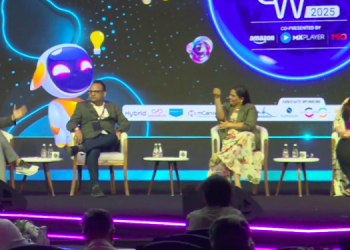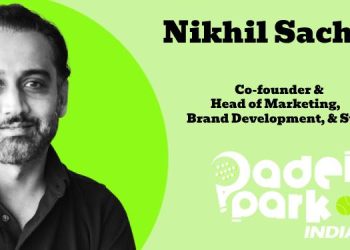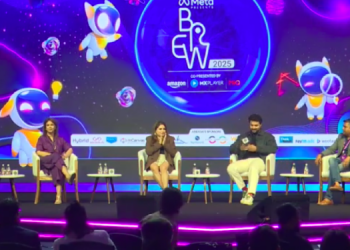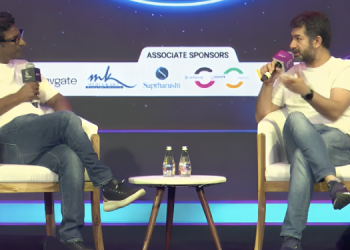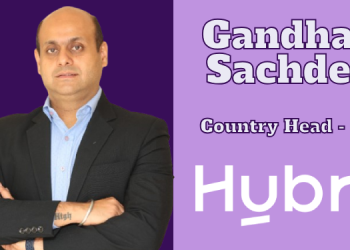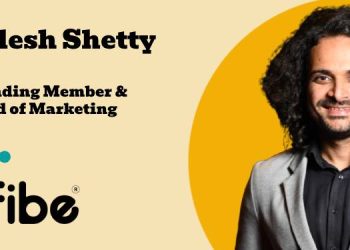Yashwant Kumar, Co-Founder & CEO, GenY Medium is an experienced marketing professional. At Procter & Gamble, Yashwant led branding initiatives for Pantene & Pringles for the South East Asia markets prior to starting GenY Medium in India.
Yashwant is well aware of how marketing communication needs to be tailored to different audiences for effective marketing, his experiences include in markets like Japan, China and Singapore
In a conversation with Medianews4u, Yashwant Kumar, Co-Founder & CEO, GenY Medium spoke about the year gone by, learnings and much more.
How was the year 2019? What were some of the key objectives that you had set out to achieve this year?
2019 was a very eventful year for us at GenY Medium. During the last 12 months, we accomplished several milestones thanks to the hard work by our team and also tremendous support and encouragement from our customer partners.
Our goal for this year was to go big on personalized marketing at scale across our customer portfolio, to further leverage our learnings on using conversational AI bots for both customer acquisition and retention across more industries, and also to bring video marketing and vernacular content to the forefront in everything we do. Through the year, we saw several of our campaigns and initiatives achieving significant success behind these pillars. We also saw programmatic advertising becoming mainstream this year and saw a lot of interest in data management platforms (DMP) from marketing leaders across the board.
While advertisers are currently spending most on digital mediums, the question that arises is will advertisers ever overlook traditional for digital or will the two continue to co-exist without getting into a debate?
According to most of the industry reports and also based on our conversations with business leaders, we believe digital has already become a critical part (close to 20%) of the marketing mix for advertisers in small and medium businesses as well as enterprises.
We believe digital and traditional touchpoints will continue to co-exist in the years to come. With the new-age social media platforms like Sharechat and TikTok where users are creating viral content around their experiences with the brands, digital is becoming a platform where brands can have a very meaningful engagement with the consumers. Also, influencer marketing through these platforms has made it possible for a mid-size brand to reach the masses and win on immediate brand growth.
Traditional channels are also evolving rapidly and are now offering a seamless experience to consumers via integration of print, tv, outdoor, radio etc to the digital touchpoints. Indian consumers are very discerning and want to see the commitment and confidence in a brand before they chose to pay attention to them and engage with what they are saying. Being present in a traditional advertising channel like TV still evokes strong signals like trust and credibility for the brand.
How have brands evolved when it comes to spending on digital as compared to traditional spends on TV/Print?
Brands are moving up on their digital spends and allocating close to 20-25% of the marketing budget on digital is becoming commonplace. Marketing leaders are not shying away from investing in high-touch consumer experiences for example, rich and interactive websites which serve dynamically personalized content), influencer marketing, creating additional variants of their text and video content to cover regional languages, experimentation on disruptive social media channels and also with web streaming OTT platforms.
Since digital is an ever-evolving medium, which is some of the key trends you have spotted in 2019, exclusively.
- Influencer marketing
- AI chatbots for both marketing and sales
- Programmatic advertising
- Vernacular content – both written and video
How are brands leveraging the adaption of IoT, AI, ML? What’s the way forward?
New technologies are being adopted across the marketing and sales funnels. AI and ML are being used extensively to mine and comprehend everyday conversations, reviews, suggestions and feedback from consumers and are then powering fresh ideas and designs of brand campaigns.
Brands are also taking the consumer experience to the next level via conversational interfaces (chatbots) where they are delighting the customer with intelligent and personalized responses to their questions and needs. All the major data management platforms provide ML models which can be used to understand the existing customers based on their behaviours and interests.
These models can then be leveraged to amplify the campaign reach by reaching audiences with similar attributes. AI is also being used in automating routine tasks like bid optimizations and creative adaptations. This also allows the human marketing analyst to focus on higher-order tasks like audience and content strategies.
India is now a mobile-first country, how are you leveraging this to the benefit of your clients?
On the go consumption of content on mobile is a big shift that took place over the last 3-4 years in India. Smartphone ownership has tripled in the last four years alone. One of our strongest recommendations to all our customers is to invest in incredible quality of creative content for platforms like YouTube, Social media and also for web streaming services wherever possible.
A mobile-first strategy is not limited to creating device friendly websites, we are rather trying to connect with them over multiple devices and give them a consistent experience with the brand. Availability of price transparency and instant feedback has tilted the balance of power from brands to consumers. Through our proprietary consumer insights platform, Auris, we are enabling our clients to be prepared to listen in to the always-connected consumer’s voice in real-time and at scale.
With more than 90% of the internet users accessing the internet on their mobiles, there is a big opportunity in location-based targeting and also understanding cross-platform shopping behaviour at a scale unmatched elsewhere in the world.

